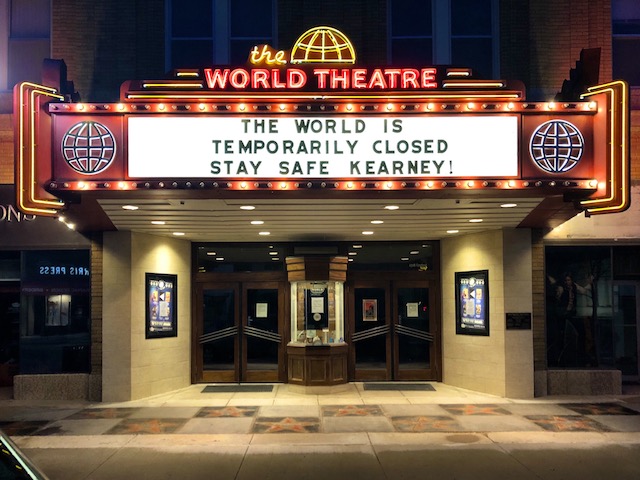 Back in March of 2020, it was becoming clear to the movie industry that it was going to be a significant amount of time before audiences were going to be gathering in large numbers anywhere, let alone close-packed movie theaters. The final Daniel Craig James Bond movie No Time to Die was the first of the blockbusters to be delayed because of COVID-19, with the MGM announcing the postponement March 4, 2020. At the time, the biggest concern was about the closure of theaters in the international marketplace, given that the United States was still largely open. Among the other early movies announcing their deals were Disney’s live-action version of its animated hit Mulan, Marvel’s Black Widow, and DC’s Wonder Woman 1984.
Back in March of 2020, it was becoming clear to the movie industry that it was going to be a significant amount of time before audiences were going to be gathering in large numbers anywhere, let alone close-packed movie theaters. The final Daniel Craig James Bond movie No Time to Die was the first of the blockbusters to be delayed because of COVID-19, with the MGM announcing the postponement March 4, 2020. At the time, the biggest concern was about the closure of theaters in the international marketplace, given that the United States was still largely open. Among the other early movies announcing their deals were Disney’s live-action version of its animated hit Mulan, Marvel’s Black Widow, and DC’s Wonder Woman 1984.
Pixar’s animated feature Onward was already in release when the novel coronavirus started driving down audience sizes and closing theaters. For Onward, Pixar’s parent company Disney decided to offer it earlier than expected to the home market, and much earlier than expected to Disney’s new streaming service Disney+:
“While we’re looking forward to audiences enjoying our films on the big screen again soon, given the circumstances, we are pleased to release this fun, adventurous film to digital platforms early for audiences to enjoy from the comfort of their homes,” said director Dan Scanlon and producer Kori Rae in a statement.
While Disney managed to maintain a good relationship with theaters throughout this difficult time and taking some of their films to early digital release, not all the studios managed to do things quite so smoothly. Rather than postponing its kids film Trolls World Tour, Universal decided to send the animated sequel straight to premium video on demand (PVOD). Now this was not a particularly surprising move for a kid’s film that was not going to be released on schedule.
(NOTE: Since I finished this draft late last night, Hamilton creator Lin-Manuel Miranda has announced that Disney+ will start streaming the movie version of the original cast video recording of Hamilton on July 3, 2020, more than a year before it was scheduled to be released in theaters. While your author is over the moon about this, I’m still hoping to get a chance to see the original cast on the big screen. My Dear Wife and I were privileged to get to see a Hamilton touring company in Omaha last year. The film of Miranda’s first hit show, In The Heights, was scheduled to be released this summer but has been postponed, reportedly till the summer of 2021.)
It’s only a matter of time…
Our Hamilton film.
THIS July 3rd.
On Disney+.#Hamilfilm pic.twitter.com/cXTM949hRr— Lin-Manuel Miranda (@Lin_Manuel) May 12, 2020
Universal already had a high-end marketing campaign going for Trolls World Tour at the time, so they went ahead with making the film available for rental at $19.99 through various digital platforms. In three weeks, Trolls World Tour brought in $100 million in rentals, more than the original Trolls made during its five-month theatrical release. Now, this was not a typical digital release. It had a massive marketing campaign behind it, it had a higher quality production than most straight-to-video animated films have, and there was a pent-up demand for something, anything, to entertain kids with while everyone is confined to home.
But nevertheless it was a revelation to the studio that a high-end digital release could be as or more important than a theatrical release, even after the pandemic is over. “The results for Trolls World Tour have exceeded our expectations and demonstrated the viability of PVOD,” Jeff Shell, head of NBCUniversal, told the Wall Street Journal. “As soon as theaters reopen, we expect to release movies on both formats.”
That quote is what set off the AMC theater chain – America’s largest. Under normal circumstances, a movie will play in theaters at least two months before going into some level of home release. But when Shell said that after the pandemic Universal expected to do some home releases simultaneously with theatrical releases, well… that was too much. In an open letter to the industry, AMC Chief Executive Adam Aron said his theaters would refuse to book any of the studio’s movies under a policy of dual release.
While movie producers had streaming options to help rescue their businesses, times have been harder for the movie theaters themselves. Theaters have received some rescue funding from the federal government, and independent art-house theaters have gotten some small grants from foundations. But for the most part, the COVID-19 shutdown meant a complete stop of revenue. Even when the theaters do reopen (something that has yet to happen as this was being written) the plan was that they would have to bring in much smaller crowds to allow for social distancing. John Fithian, of the National Association of Theatre Owners, said the speed at which they can reopen depends on how successful the country and world are at “tamping down the virus.” If theaters are only able to open in a limited number of areas, studios will be reluctant to release their big “tentpole” movies and may stick with re-releasing older titles.
The shutdown has also hit independent community theaters quite hard, like Kearney, Nebraska’s, The World Theatre. Bryce Jensen, the theater’s executive directors and only full-time paid employee, said, “It’s hit us pretty hard because we were just finishing up a fund-raising campaign to help renovate the theater, But all of our fundraising has been done over the last year to get this renovation done.”
The World has gotten some of the COVID-19 government relief funds, and it also got a small grant from the Criterion Collection’s foundation. “We’re a non-profit,” Jensen said. “All the folks there are volunteers. We explore motion pictures and get people talking about them. We show one movie per weekend at the same prices since we opened. We’d love to always keep it at $5.”
As of this writing, The World was exploring the possibility of setting up a pop-up drive-in theater that would project against an outer wall of a local event center, something the theater had been contemplating for a couple of years

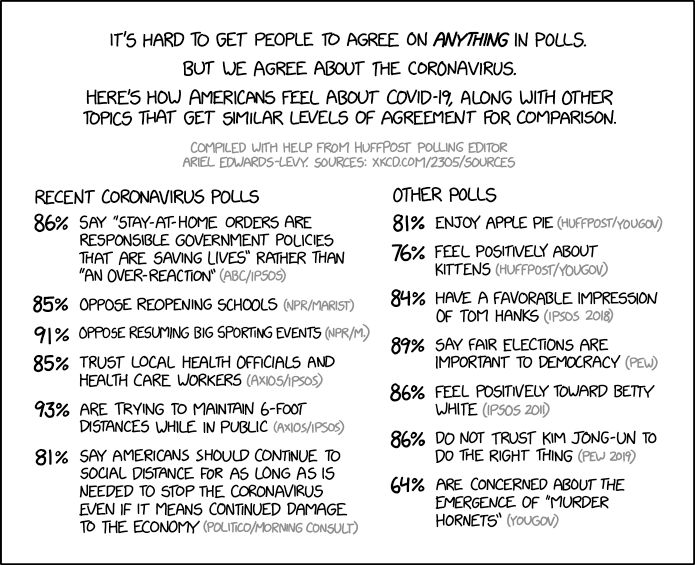
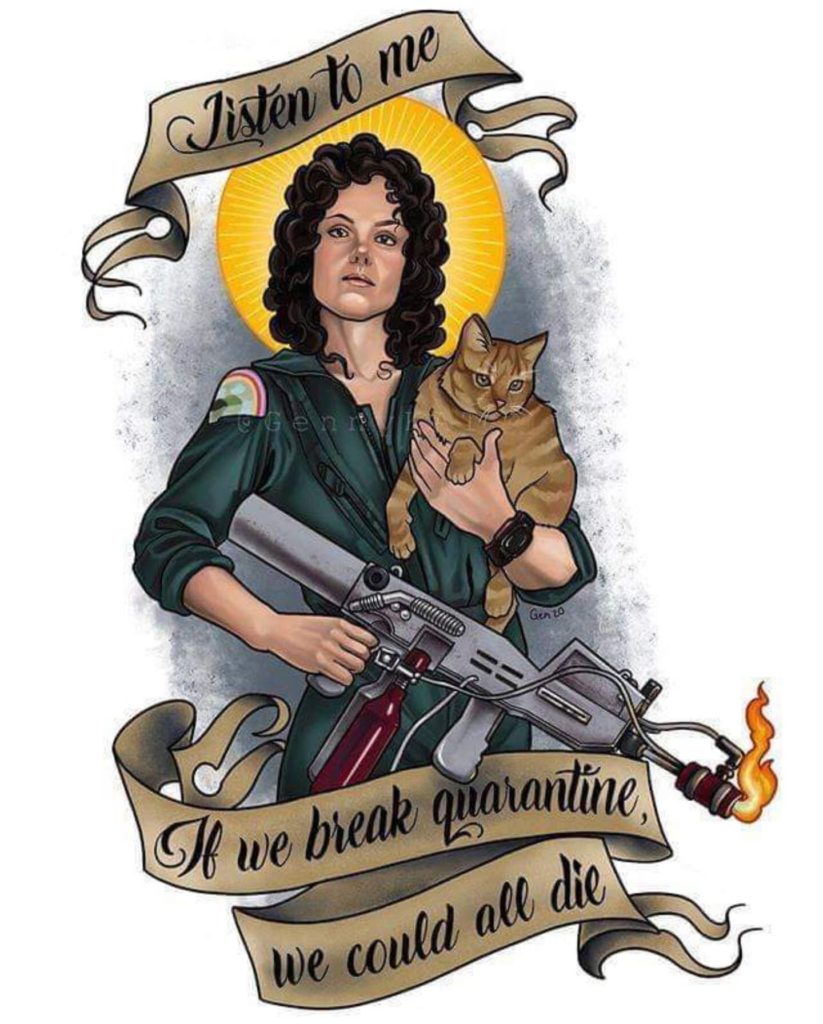
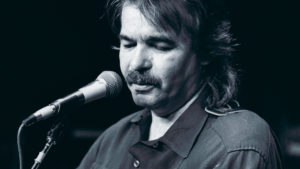



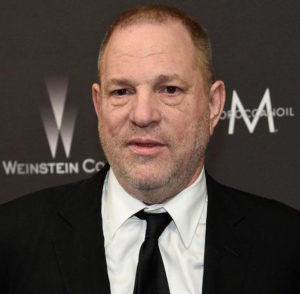
Great work from my commentary and blogging students
It’s been a rough time during the second part of this semester for my blogging and commentary students, with all of their classes going online/remote. Some of them are graduating into an uncertain world; all of them are dealing with complicated times.
The Association for Education in Journalism and Mass Communication had a Twitter checkin this morning, And I took some time to share my students’ work – some of it intensely personal, all of it thoughtful and full of heart.
Here are the stories I shared. Take some time to read – There’s some great work here.